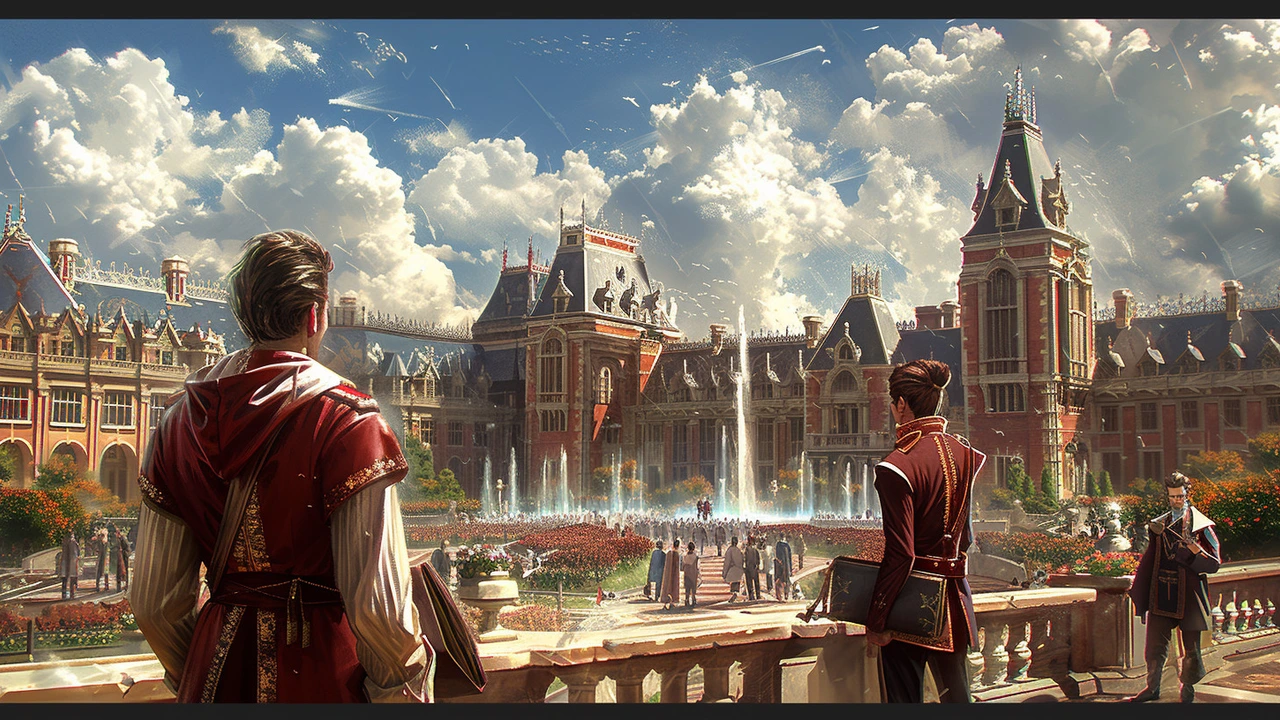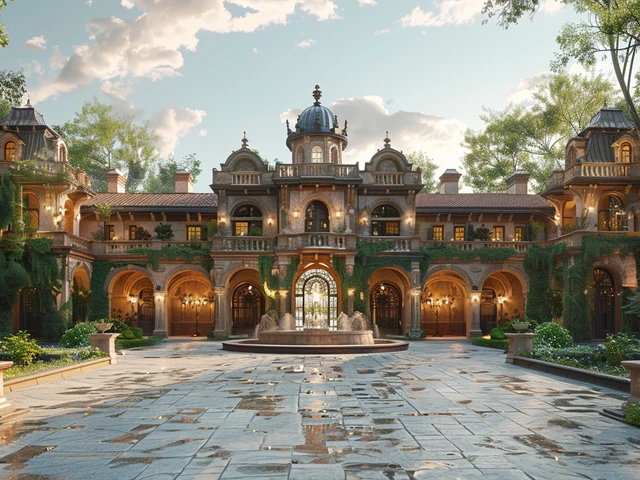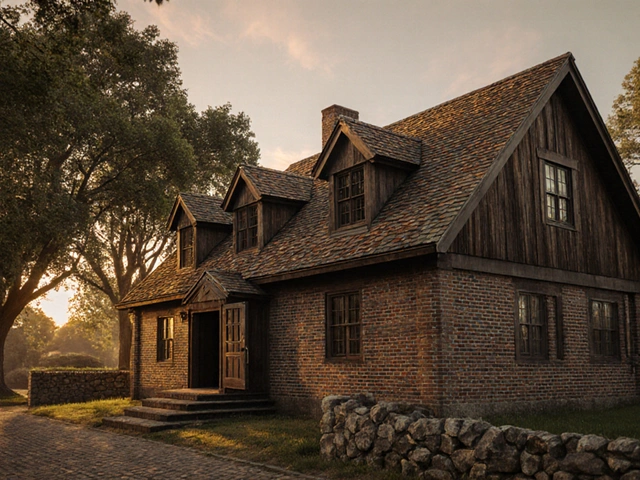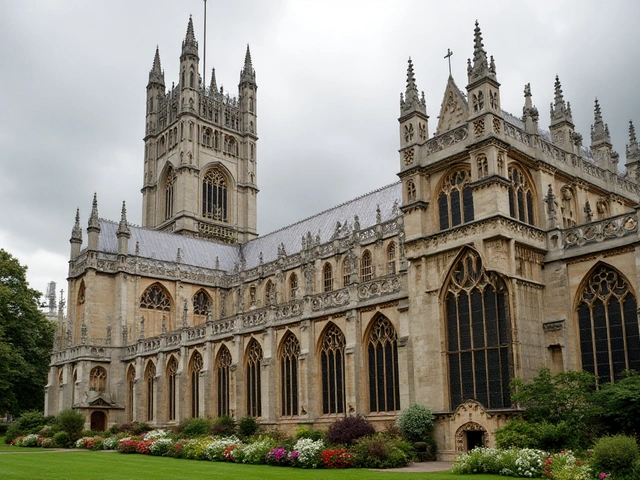Introduction to Tudor Architecture
It might seem peculiar starting off an article on architecture with a reference to Henry VIII, but trust me, it wouldn't be 'Tudor' without him. Also, as someone who shares a name, Oliver, with one of Henry's less fortunate wives (Henry wasn't particularly great at the whole blissful marriage thing), it seems only fitting to begin with him. Henry VIII was the king who launched the Tudor period in England (1485-1603), but what he did not foresee - me being a 21st century blogger talking about the architectural style named after his dynasty. Yet here we are, diving into the beautiful, complex, and downright peculiar world of Tudor architecture.
The Defining Characteristics of Tudor Architecture
Now, let's get to the crux of Tudor architecture by examining its defining features. It's predominantly identified by its sharply pitched roofs, the extensive use of brickwork, masonry chimneys, and most recognizably, the half-timbering. These half-timbered buildings tend to look like they've got skeletons on their exteriors showing a skeleton-like pattern of wooden beams, with the spaces filled with whitewashed plaster. It's like a skeleton costume for houses - and who wouldn't want that?
Origins and Influences
Tudor architecture has its origins in the final phase of Medieval architecture in England. It brought about a transition from the somber gothic style to something known in the history books as the Tudor style, changing the face of architecture dramatically. It's sort of like the architectural equivalent of ditching the corporate suit for something casual. By the way, did you know that the half-timbering you see in tudor architecture is actually an influence from Northern Germany? They brought it along with the Hanseatic League’s trading routes in the late 15th Century. Seems like ideas have always been truly global, even in the era of the Tudors!
The Use of Materials in Tudor Architecture
In Tudor architecture, the materials took the center stage. Each used with a purpose and to achieve specific effects, much like ingredients in a finely cooked meal. The use of wood, brick, stone and plaster were ingeniously combined to create these architectural delights. Interestingly, bricks were a major innovation of Tudor architecture, often associated with wealth. It was a rather fashionable statement during the period, like owning an electric car today!
Examples of Tudor Architecture
To understand the beauty of Tudor architecture, one should feast their eyes on the spectacular edifices built during this era. Take Hampton Court Palace for example, a perfect confluence of late medieval and early modern periods. Or the Little Moreton Hall, the lopsided charm with its iconic long gallery that might give you a vertigo! The King’s College in Cambridge, with its towering chapel and stunning fan vault, proclaiming the grandeur of the Tudors. Take a trip down memory lane to these architectural marvels, if you get a chance, it's a trip worth making, both for the architecture fan and the history buff.
Tudor Architecture Today
It's funny to think that a style devised in the late 15th Century would have a massive revival in suburban America in the early 20th. Yet, that's what happened with Tudor architecture, today known as Tudor revival or Mock Tudor. The style was sought after for its cozy and romantic vibe, leading to a mini “Tudor Mania”. Just a heads up, if your house has faux half-timbering and a steeply pitched roof, you might be living in a Mock Tudor - it's like the time travel, the 16th century in the 21st!
A Look to the Future
Considering the quirkiness and richness of Tudor architecture, it's not a stretch to believe it could have a third wave. After all, who wouldn't love a house with a skeleton on the outside and the charm of the 16th Century? It remains to seen how the new age architecture can take cues from the Tudor style in fostering designs that would blend the old and new seamlessly. Would we have Tudor skyscrapers in the future, with half-timbering reaching the sky? Only time will tell.
In its essence, Tudor architecture is no less than a rich tapestry of history and design. It's an architectural style that was shaped by its time yet continues to influence the architectural landscape even today. Treading the lovely labyrinth of Tudor architecture, one can't help but imagine living in one of those half-timbered houses, feeling a bit like a knight or a proud tudor merchant, looking over the bustling marketplaces!





